While the tendency to feel jaded and apathetic towards politics may be prevalent among younger generations, Ramya Raghavan, 29, took an opposing stance, preferring to spend her free time while studying at the University of Michigan helping out the campaigns of prominent political candidates. Her ability to see an issue and later devise a solution fueled her passion for politics and social justice causes, eventually leading her on the path to a D.C.-based think tank and, ultimately, to Google where she works as the Head of Politics and Causes.
Ramya’s position at Google allows her to continually work on new projects that marry her love for the cause with her love for helping members of the political realm, all by utilizing her access to a range of innovative media services and products at Google. The success of Hangouts and politician profiles on Google+ has allowed people around the world to gain access to healthcare information, plus Ramya has had a hand in authentically connecting the world with candidates. These are just some examples of how impactful her work has been to-date.
While the constantly changing news cycle is often a catalyst behind hectic days, Ramya enjoys having a job that pushes her to consistently imagine, innovate and come up with creative solutions to problems. As the link between politics and technology evolves, so does Ramya’s love for new challenges.
Her Starting Point
Many people find the transition between college and “real life” a bit daunting. Can you tell us about your journey between the two? What was your first job post-college?
My first job after college was at a D.C.-based think tank called the Center for American Progress. I worked for the college outreach arm, Campus Progress, organizing campaigns around the war in Iraq and college affordability, as well as shepherding a lot of our social media and communications work. One of my primary projects was a video campaign that asked young people to talk about the issues that were driving them to the polls in that year’s presidential election. At that time, YouTube was still relatively new and I think getting hands-on experience with the platform from the nonprofit vantage point helped me get to the next step in my career—working at YouTube.
You’ve pursued politics for a while now. Where did your passion for this career path originate?
I’ve always been interested in politics, ever since I ran for class rep in third grade. When I got to the University of Michigan, I traded school politics for national politics and spent my weekends canvassing door-to-door and phone banking for different candidates. The University was actually in the national spotlight during my first year there as it was the defendant in a landmark affirmative action case. I remember riding on a bus overnight with hundreds of other students to make our voices heard on the steps of the Supreme Court. It’s a moment I’ll never forget.
A lot of people are jaded with politics (the partisan back and forth does get old sometimes) but I feel really inspired by the idea that you can see an issue that is affecting a lot of people and then have a real stake in creating the solution.
Politics and social media are competitive lines of work. How did you manage to make yourself a standout in the crowd?
I remember freaking out right before college graduation because I lived in a house full of nurses and business majors who had already secured jobs, and I was the only one without one. I made a list of every place that I wanted to work and combed their websites to find Michigan alums. This was before the days of LinkedIn, so then I Googled different permutations of email addresses until I found the correct ones. I emailed each person saying I was a fellow Wolverine who was graduating and asked if they had time to chat. Looking back, it was kind of stalker-ish, but it led to three different interviews. Never underestimate the power of a little research and a common connection!
Although also part of Google, you worked for YouTube before transitioning over to Google+. How do these two departments/teams differ?
I started at YouTube when it was still a pretty young company and had only recently been acquired by Google. It was a very exciting time when there was a lot of freedom to just make things happen. For example, I remember working with a product manager to build new donation functionality for nonprofit organizations, not because it was on a major roadmap but because we were really passionate about helping causes fundraise. At Google+, it has been fascinating to see how a social network is born and to help shape its trajectory. Google’s a slightly bigger place than it used to be, but I feel like I still get to invent the future every day and focus on the things that I love—politics and causes.
Her Big Break
As the Head of Politics and Causes for Google+, what are your typical responsibilities? If we had the chance to peek at your schedule, what would it look like?
Every day is pretty different for me but it usually starts with checking my phone (I’m three hours behind on the west coast, so my inbox is full by the time I wake up). I use the shuttle ride to Mountain View to get to inbox zero (the buses have wi-fi, so it’s like being on a rolling office).
Once I’m at work, it really depends on the day, but there are usually a lot of meetings! One of the nicest things about working at a big company like Google is the ability to work cross-functionally, so I’m often collaborating with other teams like policy, PR, Google.org and product. And then I’m constantly talking to external partners—members of Congress, the State Department, media partners, nonprofits—about how they can best leverage Google+ to achieve their goals through creative programming and product integrations.
Can you explain what a Hangout is, and why this new form of video conferencing is so innovative in the digital world?
A Hangout is a live face-to-face chat with up to ten participants.
Personally, I use Hangouts all the time to talk with my friends who live in different parts of the country. You also can broadcast a Hangout to other people through YouTube (we call this a Hangout on Air) and that’s when things get pretty exciting. For example, it’s become an annual tradition for President Obama to turn to a Hangout on Air after his State of the Union address to answer questions about the speech from citizens across the country. It provides for a natural back and forth between an elected official and regular people that you don’t really see anywhere else.
Hangouts also are helping to solve problems like medical care in the developing world. In Thailand, it’s hard for people in remote villages to access proper medical care. To help solve this problem, the Thai government has helped set up clinics where people can access doctors via Hangouts and get basic treatment.
You organize and monitor a lot of the political Hangouts on Google+ with key politicians. What goes into organizing these events?
There are two primary components to every major Hangout event—programming and production. On the programming side, we work with our partners to develop the most watch-worthy content we possibly can. Participant selection, the editorial flow and relevancy are all factors that help shape how a Hangout ultimately turns out. Secondly, we are in constant communication with folks on the product and production side to make sure that the Hangout looks and functions in the right manner. In a lot of ways, it’s like producing a television broadcast but with more interactivity than ever before. We’re always trying to push the boundaries of what’s possible in terms of audience participation and involvement.
One of the biggest factors in political media is credibility and truth. How do you set yourself apart as a reliable source for politics?
Google+ is a platform and we have media and political partners of all stripes that use it to broadcast their message to the world. At the end of the day, we want our users to decide what information is most useful to them and interact with these outlets in an open and honest way if they do have questions.
Her Perspective
When it comes to social media, the public opinion can be (and is!) voiced at a fever pitch—sometimes that freedom is expressed in a negative way. How do you manage the critical or ignorant comments?
I love the fact that I work for a company that allows anyone to have a voice, and I’ve come to terms with the fact that sometimes people don’t say the nicest things when hiding behind their online curtain (my mom is still working on her level of acceptance of mean YouTube commenters). Mark Horvath, who creates incredible YouTube videos that showcase homeless people across the country, once told me something about comments that I think is really interesting. He said, “I leave up every comment, even if it’s hateful or ignorant, because it starts a dialogue. We can’t create change until we can have an honest conversation.”
What is the most challenging part of your job? How do you keep yourself from not getting burnt out?
I think the most challenging part of my job is that it closely mirrors the news cycle, so I’m often running at a frenetic pace, staying on top of what’s happening. For example, around the State of the Union, I’ll work weekends and late nights to make sure everything gets done. But I’ve learned that it’s okay to shut my laptop early on days when it’s slow—and not feel guilty about that. To preach the gospel of Parks and Recreation, it’s okay to have a “treat yo self” kind of day once in awhile.
What advice would you offer to those trying to market themselves in your profession?
The first piece of advice I have is to roll up your sleeves and pitch in without being asked. Google has a really flat organizational structure and a good idea can come from anywhere. It’s far more interesting when someone comes to you with an idea or a solution than when they wait for you to hand them an assignment. The second thing I would think about is the people around you and the impression you make as a teammate. Humility, dedication and humor can go a long way, particularly when you’re working long hours in the trenches with someone on a project.
And finally, what do you wake up looking forward to? What’s next for your career?
Part of what I love about this field is that things are constantly changing and I need to keep learning new skills, so I’m really looking forward to seeing how politics and technology evolve in the future. The job I have now definitely didn’t exist ten, or even five years ago, so I probably can’t tell you exactly what’s next for my career. I only hope that it allows me to keep imagining and innovating.
You May Also Like
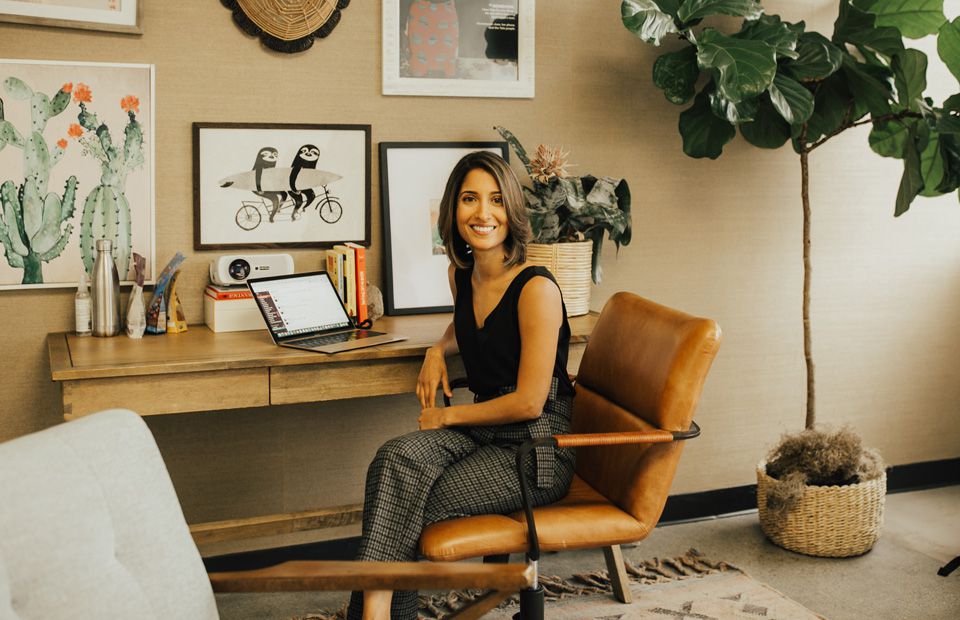
Technology
A Tech Founder on Why Being an Outsider Is a Strength
"I actually think most successful founders are rebels, of a sort. We’re trying to do new things and take on entrenched systems or ways of thinking. What makes me and our company different is that we’re outsiders."
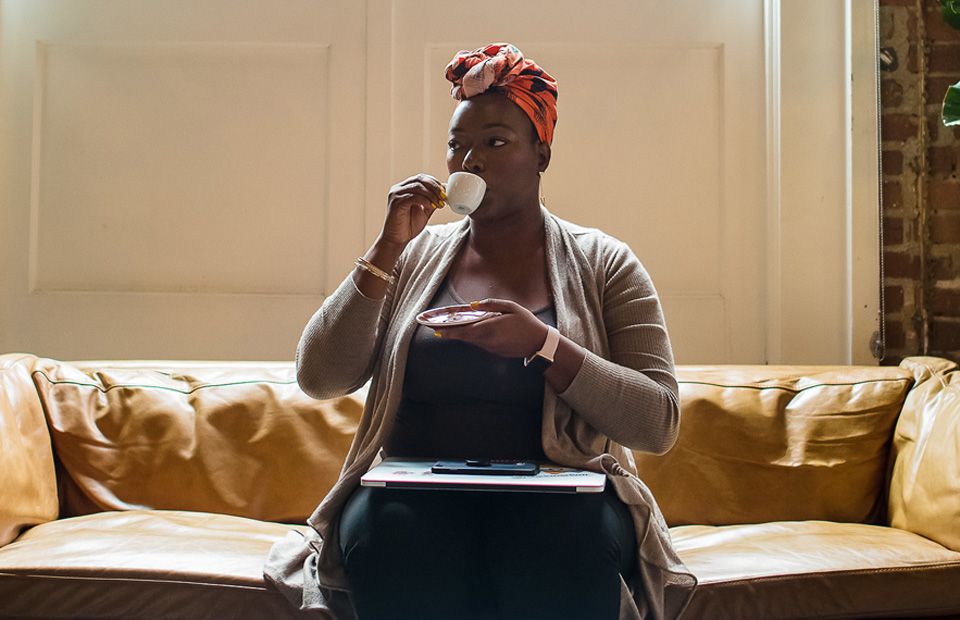
Technology
Omoju Miller—Tech Veteran, Leader, and Volunteer Advisor to the Obama Administration—on The Crucial Role of Creativity in the Tech Industry
"If you are in an environment where you feel marginalized, leave. Don’t try to change it. Go and look for a place that sees you and lets you be you."
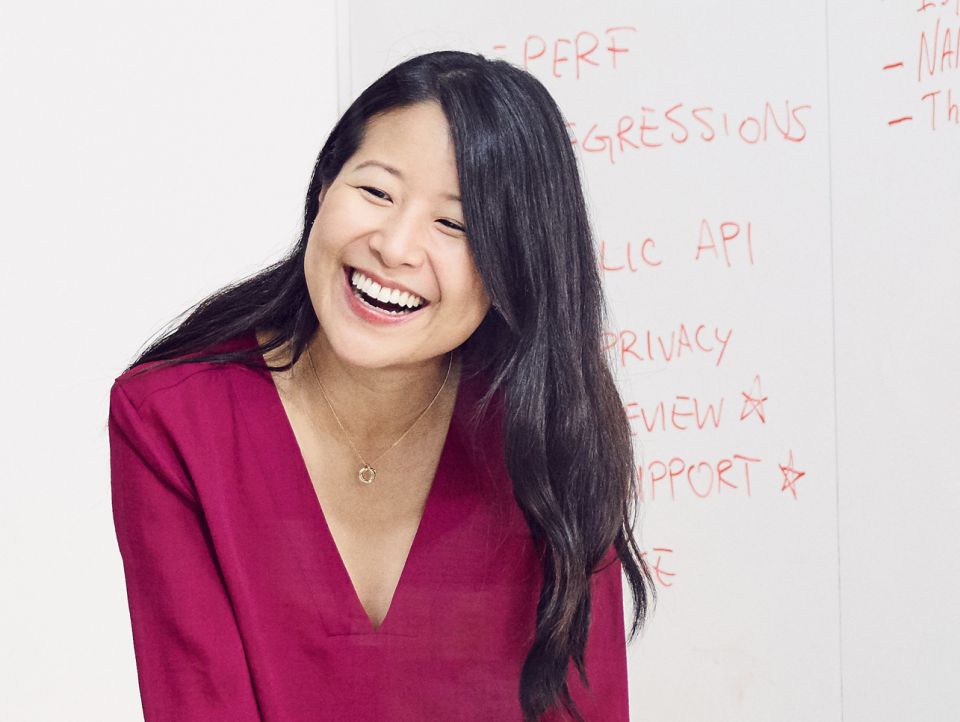
Technology
Sharing Stories as a Software Engineer
We sat down with Apple software engineer Emilie to learn about her day-to-day working at Apple along with what it takes to run the perfect meeting and her favorite ways to unwind.
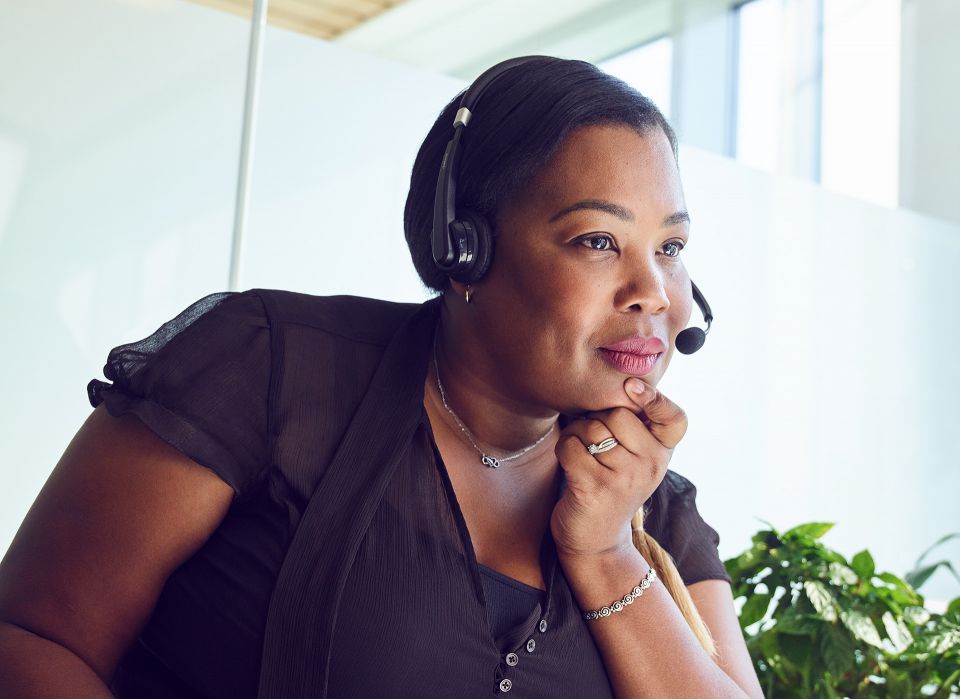
Technology
Creating Impact with Apple
We sat down with Apple's Senior Developer Partner Relations Advisor, Cris, to learn about what it takes to create a lasting impact within a large company. She shares a typical day in the life, her favorite book recommendations, and her top four tips to running a meeting.
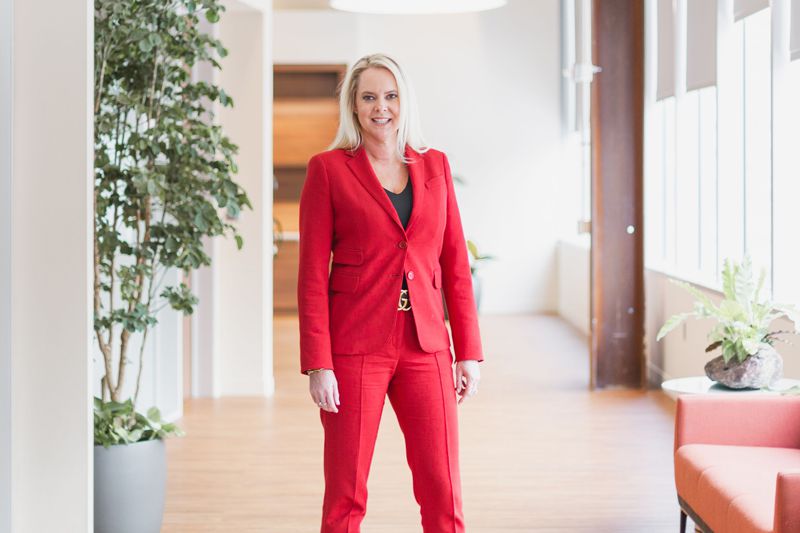
Technology
Salesforce’s Senior Vice President of Sales on Unconscious Bias, Failure, and Innovative Leadership
"Do not be afraid to fail, just bring your best self to the table."
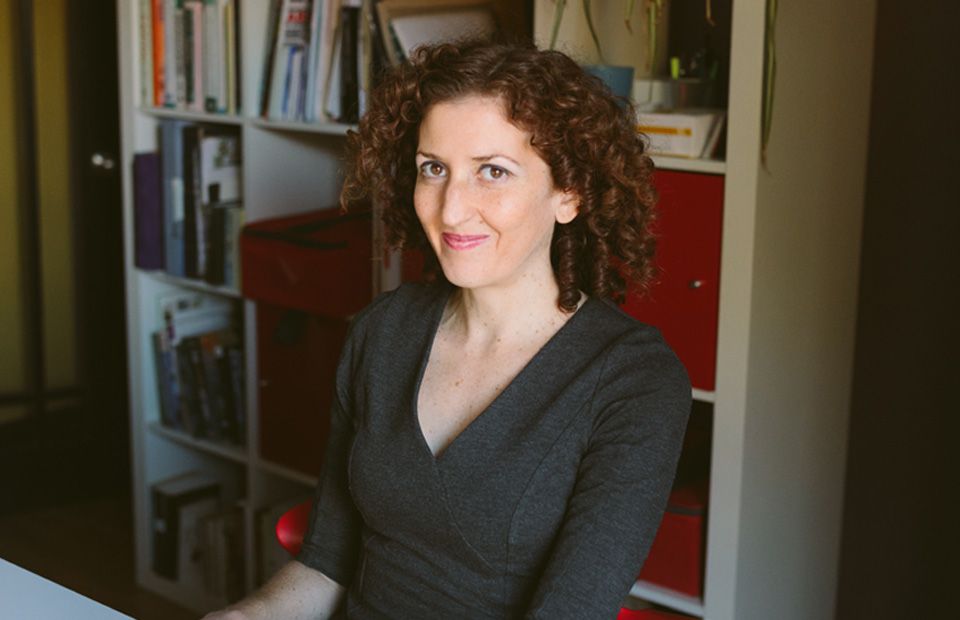
Technology
A Director of Engineering on Tech + Leadership
"I don’t believe in 'having it all'. If you spend more time on one thing, then you spend less time on another thing. All we can do is make choices on how to spend our time."
Get the Best Career Advice Delivered To Your Inbox
Join our newsletter to stay in the loop.
